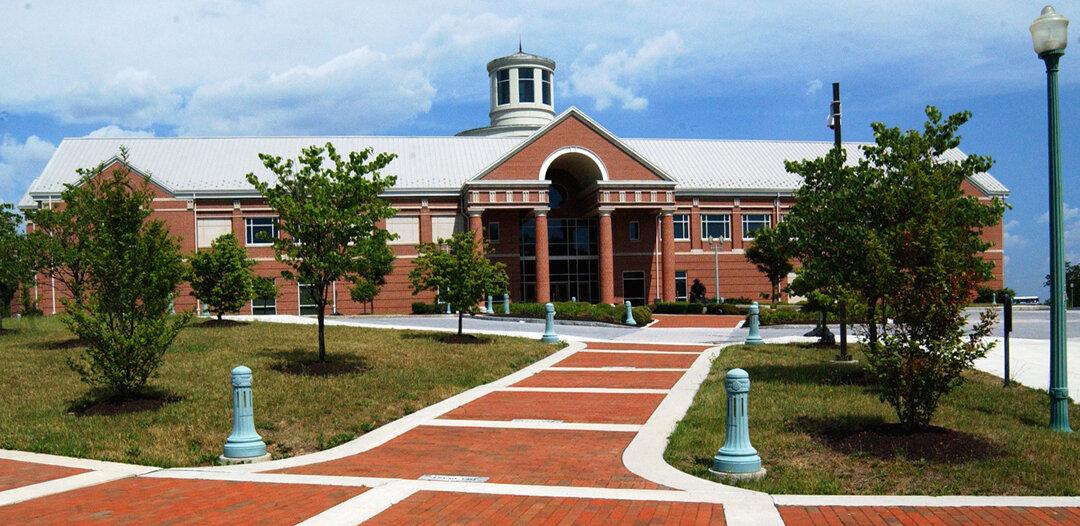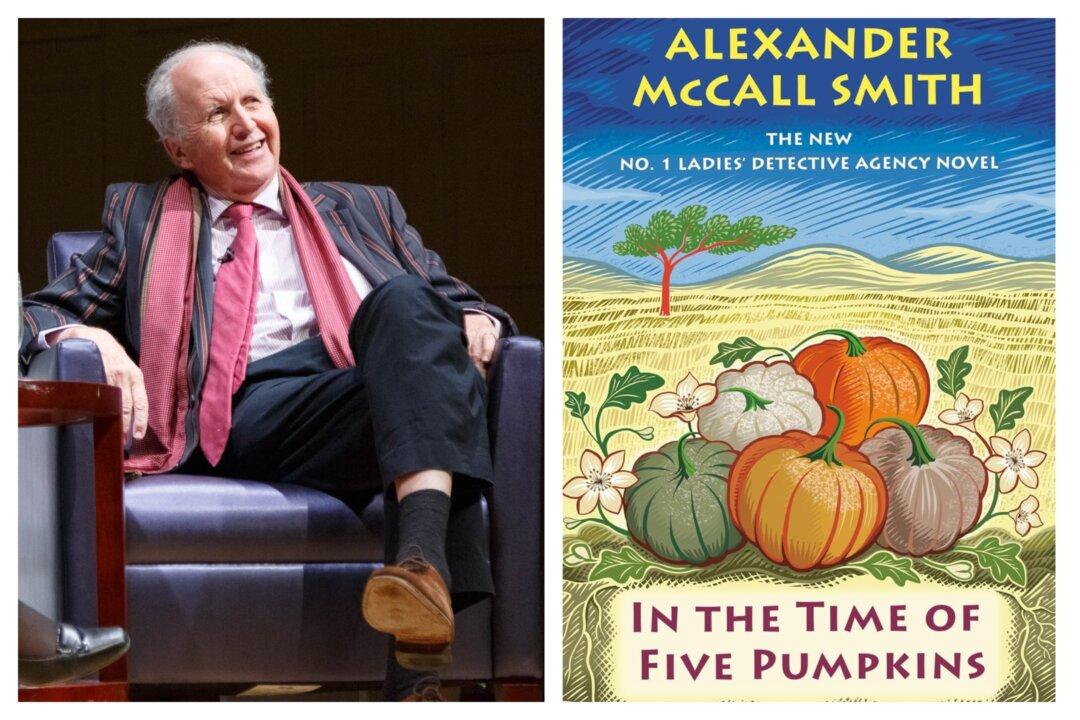Summer’s here, and for most families, it’s the time of the year to head to the beach or to the theme parks. Should you happen to be near a chocolate-themed amusement park somewhere in Pennsylvania and you see that the chocolate bar you are holding in your hand is fast melting, then it’s probably time to beat a hasty retreat into the cool, air-conditioned rooms of the National Civil War Museum, located just 13 miles away.
Founded in 2001 and located within Harrisburg’s Reservoir Park, the 66,000-square-foot National Civil War Museum has exhibit rooms, a mini-theater, a lecture gallery, a ballroom, and, of course, a gift shop.





